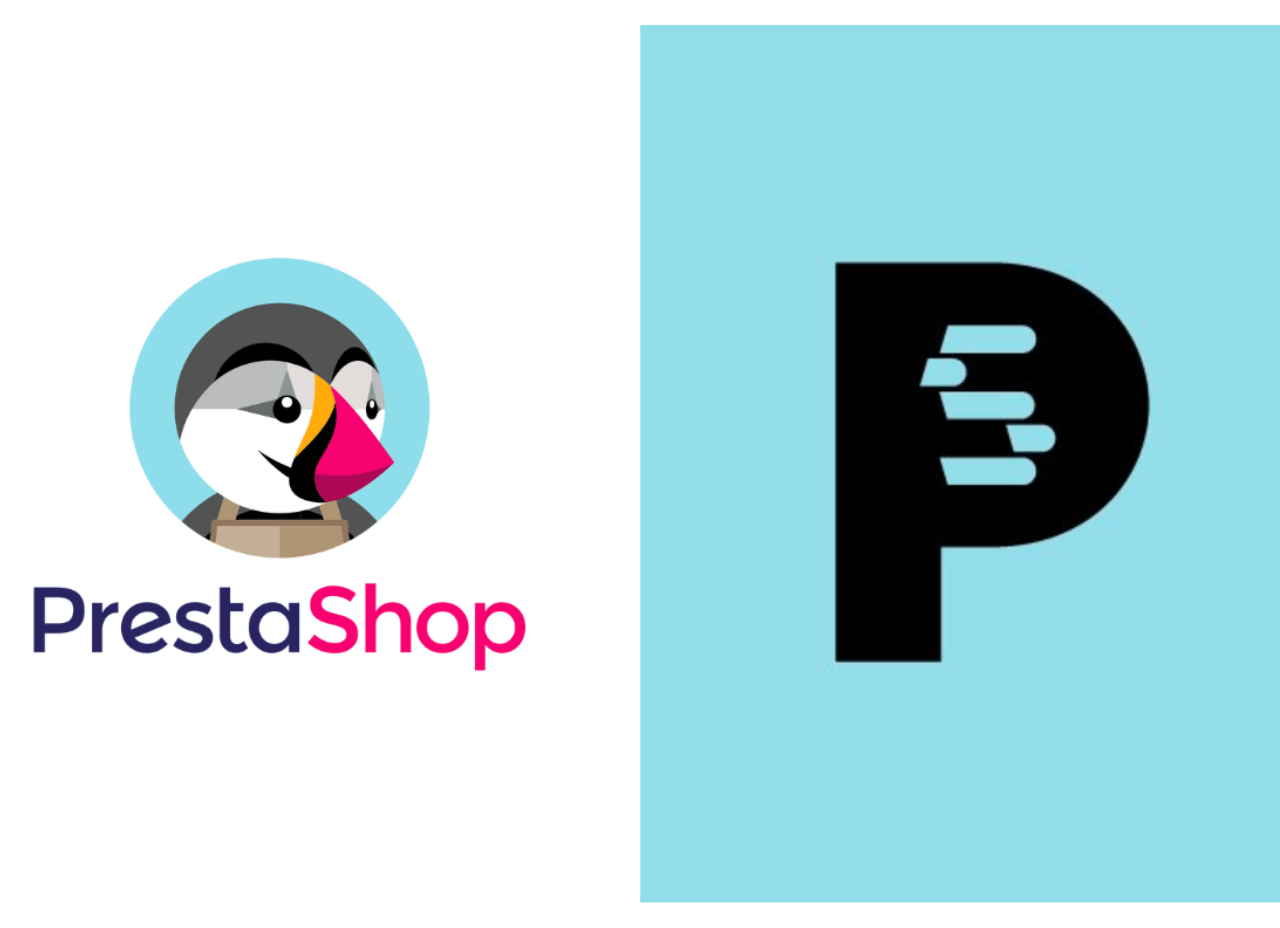Although cms and other platforms designed to facilitate e-commerce with ready-made site “skeletons” have been around for almost twenty years, it wasn’t until the 2010s that their success really took hold.
The cms, initially relatively few in number with Shopify (2006), Prestashop (2007), Magento (2008) and others like Wix, were subject to very moderate competition, offering them the luxury of not having to differentiate themselves too much in terms of services or positioning.
But in the 2020s, with the multiplication of cms and the arrival of new functionalities, many “traditional” cms have decided to go it alone, offering unique positioning, services and branding.
This of course includes Prestashop.
Let’s take a look at the future of Prestashop and why. 
Differentiation: A stronger identity for the future of Prestashop
Prestashop, like the other “big” cms, is also undergoing a phase of renewal and assertion of its identity, both as an e-commerce solution and as a brand.
Prestashop still insists on the free cms niche
Prestashop, the French pioneer of the e-commerce cms platform, distinguished itself from Shopify, its main competitor at the time, with a business model not based on monthly subscriptions from users, but rather on the offering of paid modules.
This open-source system offered e-tailers a platform and themes free of charge (albeit limited and without modules).
An interesting model, since it offered anyone the chance to experiment freely with the creation of stores and other concepts, without having to make a financial commitment from the outset.
While one might have thought that Prestashop would eventually abandon this open-source model, taking advantage of its reputation acquired over the years, it has to be said that the cms has persevered down this path and is even more insistent on it today.
The reason for this is simple: to make an ever-greater difference to its competitors, and to take advantage of this particularity to assert a branding of its own, which brings us to our second point:
In the future, a more assertive branding for Prestashop
Prestashop has decided to emphasize a very specific set of values through its free open-source model, in order to build a strong branding for the brand’s future.
We’re talking about independence, innovation, audacity and resourcefulness.
These qualities are underpinned by the fact that it’s free, allowing experimentation and, above all, the freedom to take advantage of a basic service that can be customized ad infinitum with advanced modules and diversified themes.
This evolution, which includes a graphic overhaul of the cms’ elements as well as a discourse based on freedom, is already clearly visible on the website.
A little like Harley-Davidson and the imaginary freedom that goes with its vehicles, Prestashop intends to appeal in the future to a category of innovative, free-spirited e-tailers.
They want to break free from the shackles of the classic services offered by corporate cms, which tend to generate copy-and-paste e-commerce stores. 
More contemporary features for the Prestashop of the future
Because branding and positioning aren’t everything, Prestashop’s biggest challenge for the future lies in its functionalities.
Prestashop’s operation more closely linked to AI
It seems inevitable that, with the democratization of applications incorporating artificial intelligence, AI will undoubtedly take pride of place in the catalog of functionalities offered by the major cms, and Prestashop in particular.
It’s a safe bet that Prestashop, with its unique business model and positioning based on boldness and innovation, will in future encourage the use of AI within its e-commerce functionalities, but also (and perhaps above all) within the modules it offers in its catalog.
We can thus imagine an intelligent theme builder that will semi-automate the entire creative process of a store based on simple positioning requests from users, or a complete marketing automation module that will take care of all communication and relaunching on a store.
A revised version base calling for more major updates in the future
The second half of 2022 has already marked a break between the different versions of Prestashop, moving from versions 1.0 (up to 1.7) to version 8 from August 2022.
The details of version 8 were discussed in a previous article, and today we’re at version 8.1.
This desire to mark the split between the old versions of the cms and the new ones, in addition to the major new features brought by these latest versions (which are not revolutionary after all), stems above all from Prestashop’s desire to anchor a modern base from which more numerous and more impactful updates will be built.
With version 8.0, we can therefore look forward to the regular introduction of major updates bringing ever more technical novelties and innovative functionalities to the cms.
In conclusion: Prestashop’s future lies in its branding and functionalities.
Today, we’re witnessing a phenomenon of “specialization” among the biggest e-commerce cms, with competition and functionalities becoming ever broader.
Prestashop is no exception to the rule, and has already begun to look seriously to the future, by adopting a strong positioning and branding.
But it has also opted for more numerous and technically advanced versions, which will be able to accommodate ever more innovative functionalities in the future, linked in particular to artificial intelligence.
Of course, these forecasts should be treated with caution, as we are at a pivotal point in e-commerce, particularly with the advent of AI.
It is therefore particularly difficult to predict the advances that will affect e-commerce in the near future.
I’ve been a Prestashop expert for over 15 years, so if I can’t read the future, I can help you create and optimize your e-commerce store today.
So don’t hesitate to contact me!


